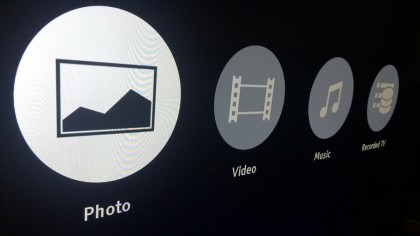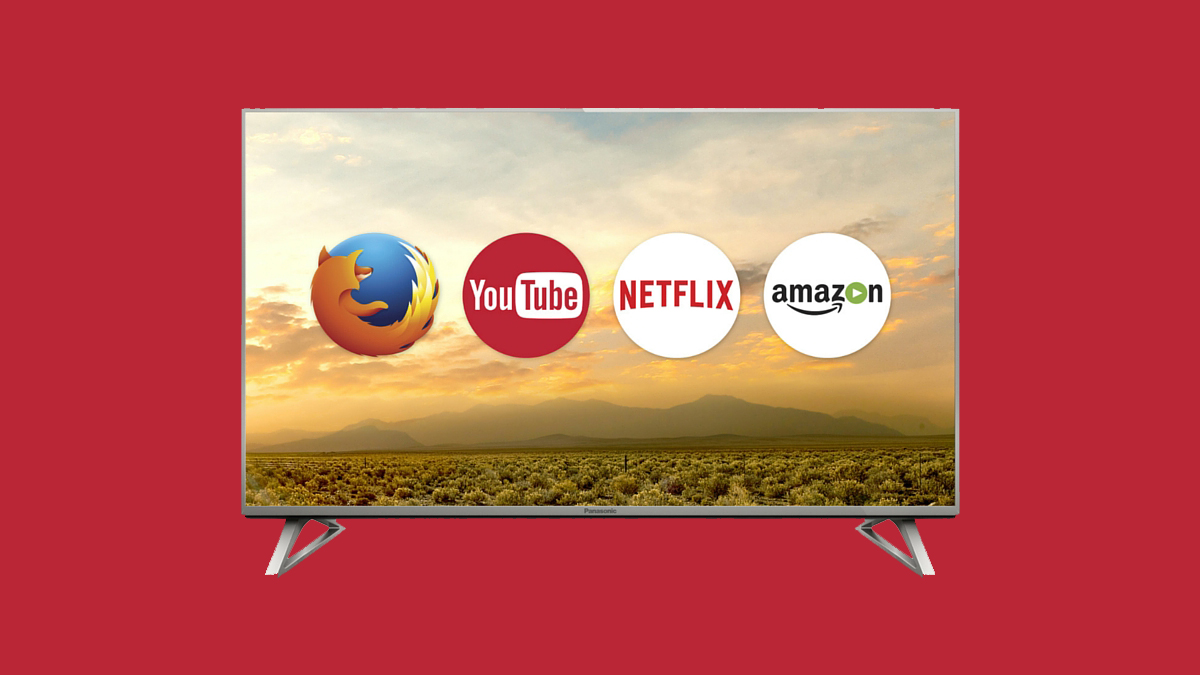Why you can trust TechRadar
If the 40DX700 proves anything, it's that not all HDR TVs are the same.
Although it's positioned to be Pana's entry-level TV for watching HDR content, the 40DX700 represents something of a fudge. Technically it can show HDR – essentially whiter whites and deeper blacks, which massively improves all other colours – but it just does't have the metal to really allow it to shine.
The lack of an Ultra HD Premium label in Panasonic's line-up is the first clue. Besides lacking core panel brightness (HDR requires 1,000 nits brightness; the 40DX700 has only 350 nits), it also uses an 8-bit rather than 10-bit panel, so colour gradation is reduced.
Still, I gave it the chance to impress me with Marco Polo streamed in 4K HDR from Netflix.
With the impressively accurate True Cinema preset engaged, the gloomy indoor scenes from the Khan's court had decent amounts of shadow detailing, but there's little colour sparkle to go crazy about despite. Outdoor scenes, such as on his father's boat and in the desert, fare much better, though again fail to really buzz with colour. Looking at the 40DX700, it is very difficult to see what all the fuss is about with HDR. Seriously, if you really want to see what HDR is all about, go for Panasonic's much pricer 58DX902B.

But a poor HDR showing does not to take anything away from the 40DX700's all-round performance. Standard dynamic range content looks excellent, with colours as bold and strong as anything available at this price – it's just that HDR raises the bar, which the 40DX700 doesn't quite hit.
There is plenty more to enjoy about the 40DX700 than detail and colour, with its frame interpolation feature – here called Intelligent Frame Creation – keeping 4K action smooth and, therefore, much more intense. However, it is best left on its minimum or mid levels to avoid any flickering around fast-moving picture elements, and it's only on bright, outdoor footage that you will really notice the difference. The Clear Motion feature doesn't help much other than by dulling-down the backlight slightly, which is no bad thing if you're watching in a near-blackout.
Sign up for breaking news, reviews, opinion, top tech deals, and more.
However, black levels don't completely convince on the 40DX700. Its edge LED-illumination means that gloomy scenes can look a little blue around the edges, with some slightly brighter patches around a darker centre section.
There's another issue, too, with viewing angles tighter than they ought to be on a premium TV. Watch the screen from off-centre and both colour and contrast drain alarmingly quickly.

All that said, however, the 40DX700 remains a great all-rounder. Gravity upscaled from a regular Blu-ray disc looks sharp and clean with both True Cinema and Cinema presets engaged, while 720p fare from HD channels on Freeview HD are highly watchable. Standard definition channels do verge on the unwatchable on such a pixel-packed panel, but even then they lack noise. A fair performance overall, then, but I'm left wondering why anyone would shell-out for the 40DX700 when its so-so HDR talents mean it's little better than the step-down 40DX600.
Sounds all right
If you've got a soundbar or a home cinema system, use it; the 40DX700 has an optical digital audio output on its rear for that purpose. However, if you're after an all-in-one for the living room, know that the 40DX700 does have reasonably good speakers.
Reaching 20W in power, its underslung stereo speakers are best left on the Music setting, with Bass Boost and Virtual Surround both engaged. Do that, and sound quality is certainly up to handling most TV programmes.

Jamie is a freelance tech, travel and space journalist based in the UK. He’s been writing regularly for Techradar since it was launched in 2008 and also writes regularly for Forbes, The Telegraph, the South China Morning Post, Sky & Telescope and the Sky At Night magazine as well as other Future titles T3, Digital Camera World, All About Space and Space.com. He also edits two of his own websites, TravGear.com and WhenIsTheNextEclipse.com that reflect his obsession with travel gear and solar eclipse travel. He is the author of A Stargazing Program For Beginners (Springer, 2015),
